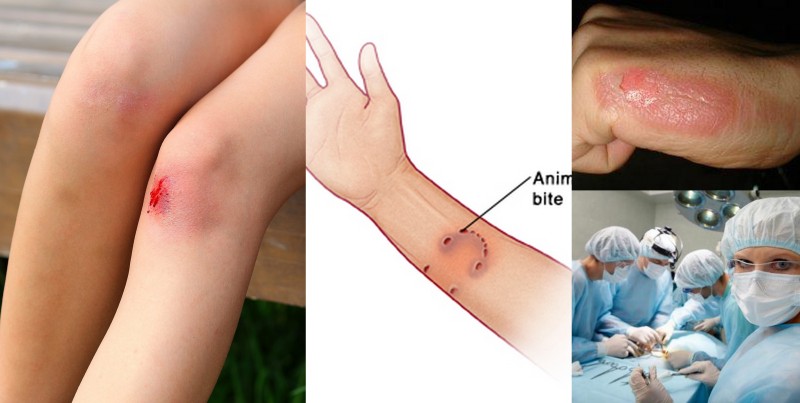

Fountain Valley Urgent Care Permanently Closed. We’re Here to Care for You at Our Other Locations.

Good and bad bacteria are on every surface around us, including us. We don"t usually think about this…until we get a cut or scrape that breaks the skin.
An infection occurs when too many harmful bacteria multiply in wound, and overwhelm our body’s efforts to contain them. Here are key signs to watch for, to catch an infection early and to start first aid to stop its spread.
Causes of Infection
Certain types of wounds are more likely to become infected. While any wound can become infected if not properly treated, the following are more likely to do so:
Burns - Any kind of burn can be subject to infection because the top protective layer of skin has been removed
Bites - Bacteria present in a mouth, combined with punctures that place bacteria deep into wounds, are ripe for growing bacteria
Surgery - While surgeries are carefully performed under germ-free conditions, they open the body past the usual protective layers, giving easier access to any bacteria that might be present
Trauma - This includes any skin opening that is created by force that can press germs into the skin, such as a cut, scrape, smash, etc.
Signs of Infection
Fluid/Pus - Normally a wound will release clear liquid as it drains; dark yellow, red or green liquid (pus) is a sign that infection has set in that the body is trying to fight
Redness - If the skin around a wound becomes bright red and hot to the touch, the wound is infected
Internal infection - If lymph nodes close to the wound become enlarged – like tender pencil erasers – this could be a sign that there is an infection nearby
Other Signs
Fever and/or chills
A foul smell
Red lines extending outward from the wound
General flu-like symptoms
Since infections can worsen and spread within a matter of days, sometimes hours, ANY of these signs calls for immediate medical attention.
Basic Treatment of Infections
Thorough cleansing of the wound. This includes soap and water, and can include anti-bacterial solutions such as hydrogen peroxide; a healthcare provider may need to do an especially thorough cleaning job. This reduces the bacteria in the area, and removes blood and other material that the bacteria can grow on.
Antibiotics - These can come in the form of oral medication, ointments, or creams. Antibiotics kill or stop the growth of bad bacteria, allowing the body’s immune system to fight the infection more efficiently. While you can buy ointments or creams like Polysporin or Neosporin over the counter, oral antibiotics require a prescription.
NSAIDs – Medicines like ibuprofen (Advil or Motrin) and naproxen (Aleve) can help decrease swelling in the infected area. They can also reduce fever caused by the infection and reduce pain from both the initial injury and the infection itself. These can be purchased without a doctor"s prescription.
Share Your Valuable Thought